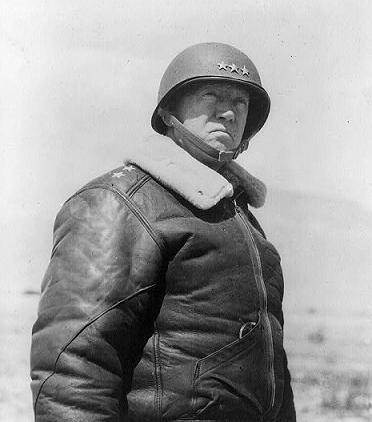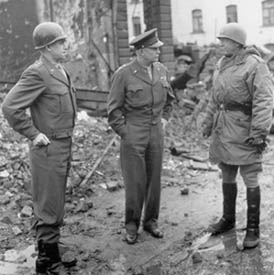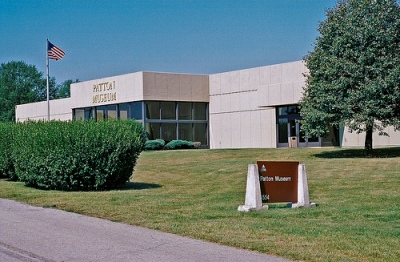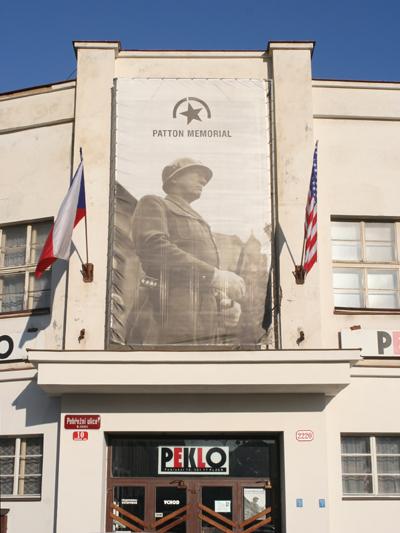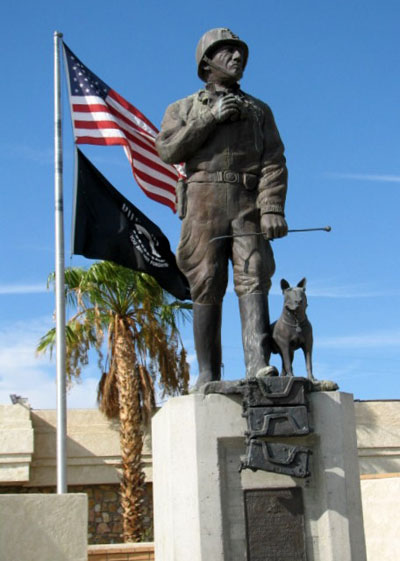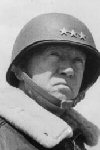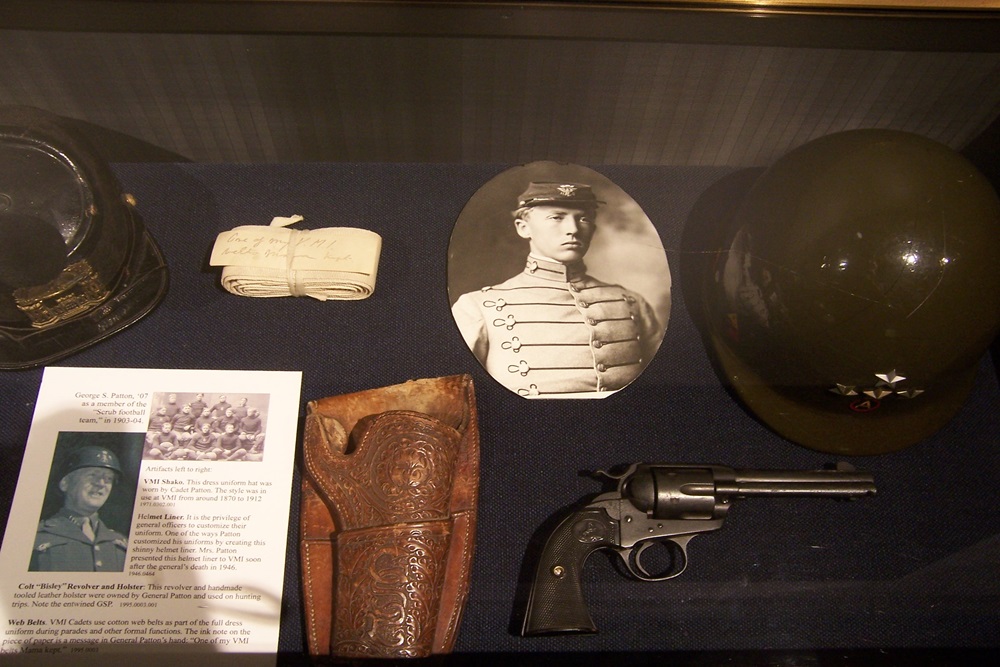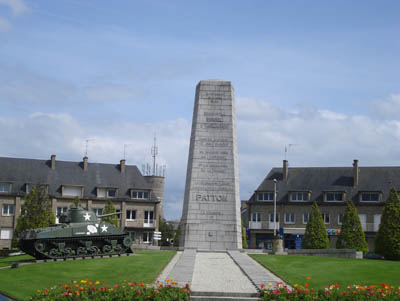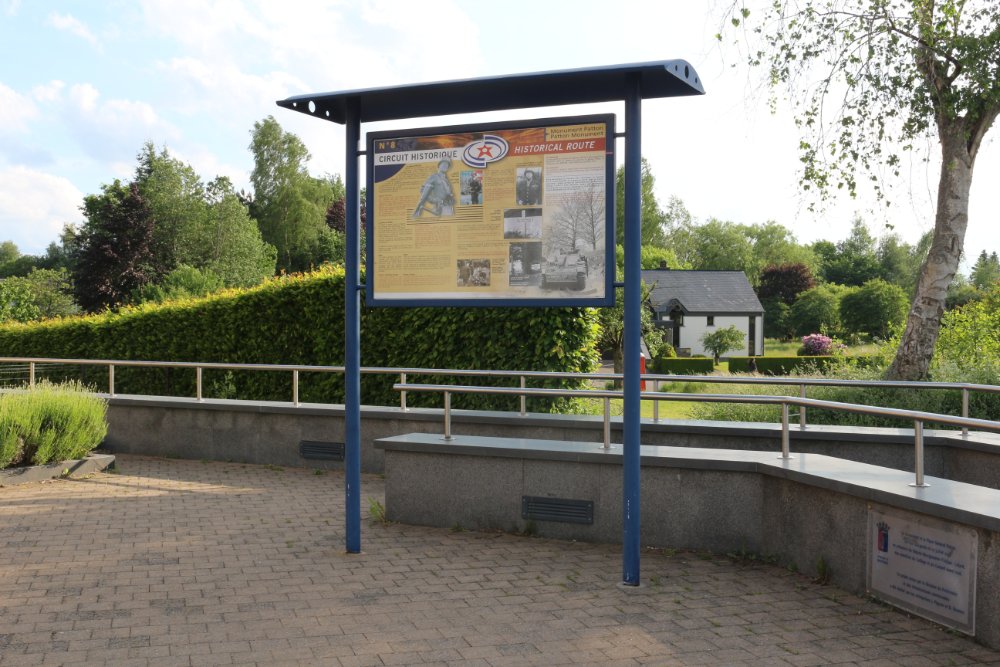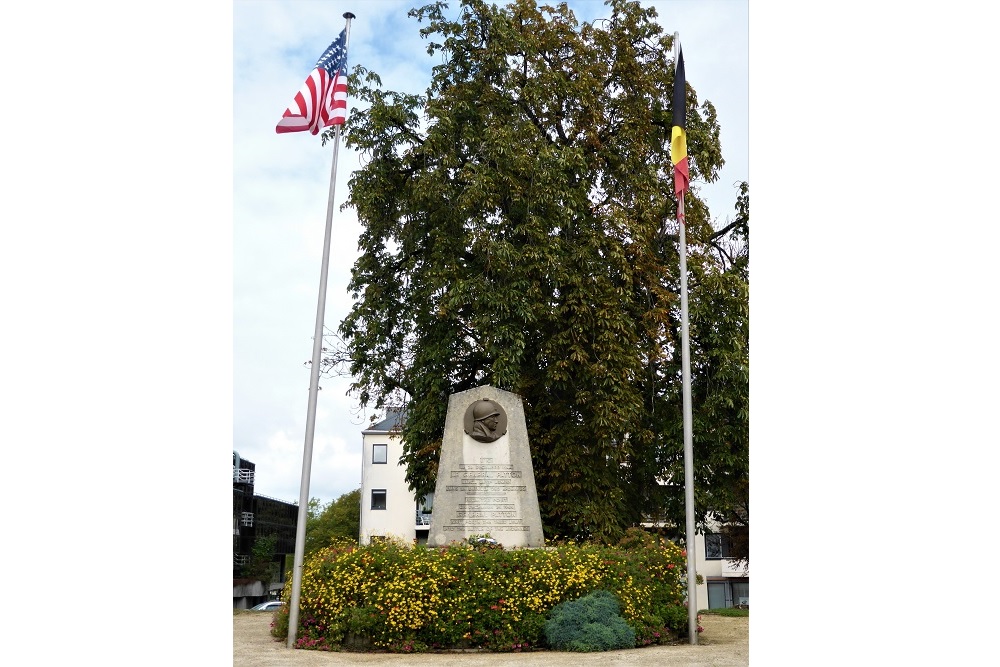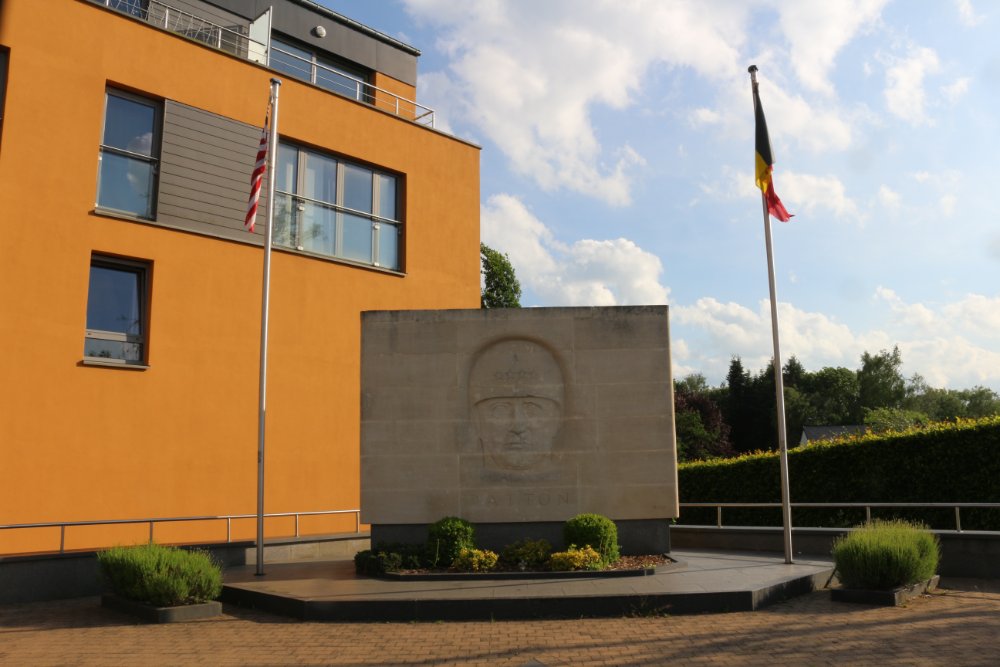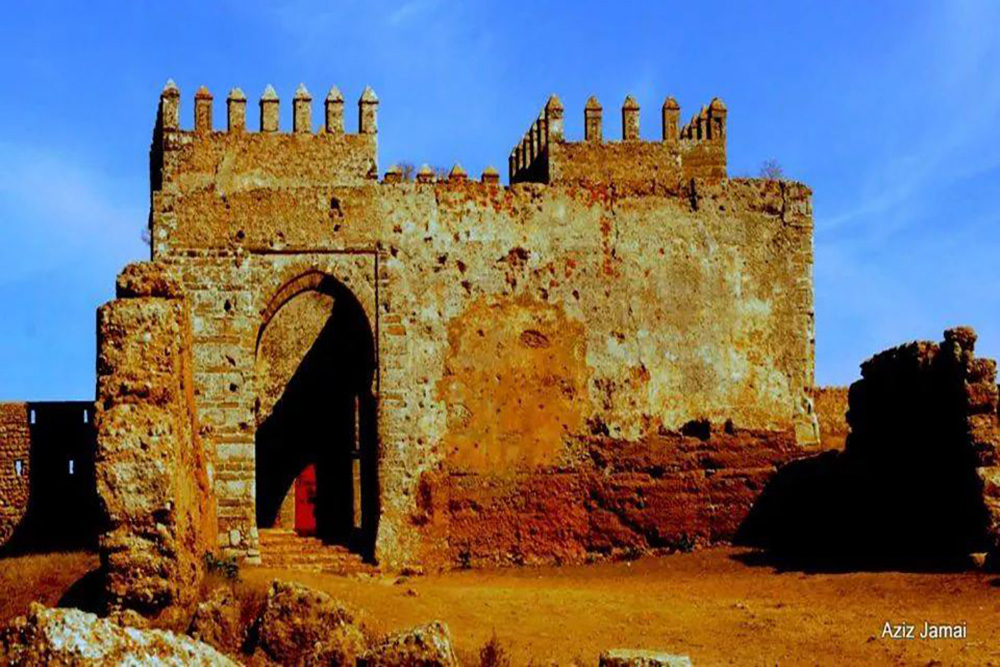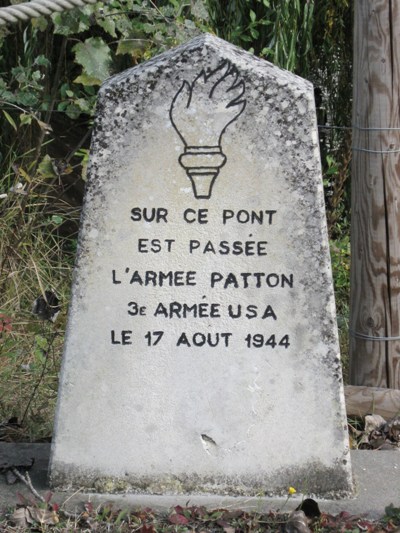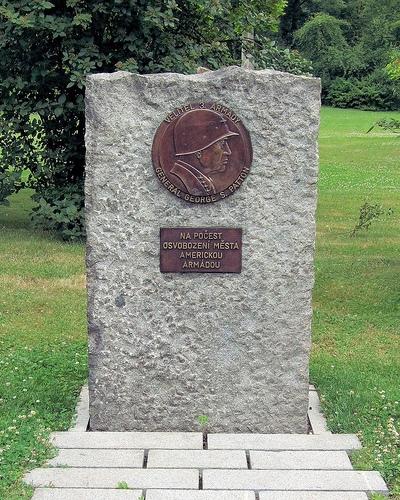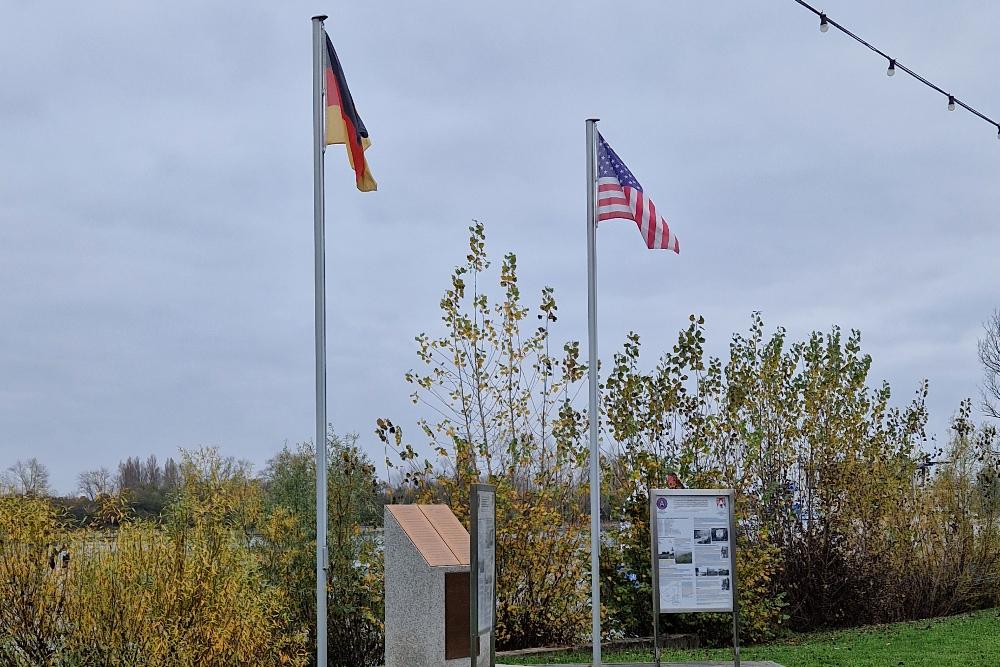Youth and education
George Smith Patton jr. was born on November 11, 1885, in San Gabriel and was a descendent of a rich Californian family. From a fairly early age he had the intention to become a hero in some way. He often listened to stories about grandparents who had fought in various wars and he read many books about classical warfare and battles from when he was 12 years old. During his school years at the Stephen Cutter Clark’s Classical School in Pasadena he also developed as an athlete and won many prizes for his school.
After his time at school the intention was that he would go to West Point, but because there were no places at that time he went to the Military Institute of Virginia. However, in 1904 he received another letter from West Point to confirm his admission. In 1909, with a rank of second lieutenant, he received his diploma from the West Point Military Academy.
On May 26, 1910, he married Beatrice Ayer, whom he had met at West Point, and one year later their daughter, Beatrice Patton jr. was born.
He was an enthusiastic sportsman and became the first American to represent his country at the Olympic Games of 1912 in Stockholm, Sweden, in the modern pentathlon, which included shooting from a distance of 25 meters, fencing, 300-meter freestyle swimming, horse riding and a four-kilometre cross country race. In the end he finished in fifth place in this world class event.
After the Olympic games he visited the French Cavalry School and specialised in fencing. In the summer of 1913 Patton got the order to report to the commander of the Mounted Service School in Fort Riley, Kansas, where he was appointed as the first American ‘First Master of the Sword’.
His first experience of war was in 1915 when he served as staff member with general John Pershing on his expedition to Mexico. He got to know Pershing earlier at Fort Bliss, Texas. In the same year his second daughter was born, Ruth Ellen Patton. One year later he rode side by side with Pershing in his battle against the Mexican rebel leader "Pancho" Villa. Patton distinguished himself in the battle and received much appreciation throughout the fighting. He caused quite a stir by shooting general Cardenas, one of the most loyal of "Pancho’s" men, with his Colt .45 revolver. Pershing was also very impressed by Patton’s performance and promoted him to First Lieutenant.
Definitielijst
- Cavalry
- Originally the designation for mounted troops. During World War 2 the term was used for armoured units. Main tasks are reconnaissance, attack and support of infantry.
The First World War
When the United States got involved in the First World War in 1917, the command of the US expedition army fell on Pershing. He took Patton with him and together they shipped out on May 28, 1917, to France. Patton held various staff positions here. During this time he developed a great interest in the use of tanks. Belief in the power of the new weapon increased after he learned of the first major tank battle at Cambrai in France in 1917. He also attended the tank training school of the French army and the Renault factories. With this experience Patton founded the first American Tank School in Bourgh, France, and trained the first 500 troops there. At the big Meuse-Argonne offensive in September 1918, was Patton in command of the U.S. 1st Provisional Tank Brigade. Patton was constantly in the front lines during this battle and sustained a leg injury. For his performance during this offensive, Patton was awarded the Distinguished Service Cross for Heroism, one of the many awards he would receive throughout his military career. During this period in Europe, Patton had developed new ideas, procedures and even new uniforms for the tank crews.
At the end of the First World War, whilst recovering from his injuries, Patton was promoted to the temporary rank of Colonel. Upon his return to the United States his temporary rank of Colonel was quickly converted to the final rank of Major.
After the First World War Patton wanted to further develop the effectiveness of the effort of tanks, but because he didn’t have permission to do so from the American Congress, he couldn’t execute this plan and was transferred to Hawaii and later to Washington, where he held various staff positions. In 1923 his first son was born, George Smith Patton III. In 1924 he also graduated from the Command and General Staff School and a few years later, in 1932, he graduated from the Army War College. In 1935 he was finally promoted to Lieutenant Colonel. In 1939 a promotion to Colonel followed and on October 1, 1940, Patton was promoted to Brigadier General and transferred to Fort Benning in Georgia. There, on April 11, 1941, he took command of the 2nd Armoured Brigade and was promoted to Major General. Two months later Patton’s photo appeared on the cover of Life Magazine and during these months he started giving his now famous ‘Blood and Guts’ speeches.
Definitielijst
- Brigade
- Consisted mostly of two or more regiments. Could operate independently or as part of a division. Sometimes they were part of a corps instead of a division. In theory a brigade consisted of 5,000 to 7,000 men.
- First World War
- Took place from 1914 till 1918 and is also named The Great War. The conflict started because of increased nationalism, militarism and neo-colonialism in Europe. Two alliances battled one another during the 4-year war, which after a dynamic start, resulted into static trench warfare. The belligerents were the Triple Alliance (consisting of Great-Britain, France, and Russia; later enlarged by Italy and the USA, amongst others) on the one hand and the Central Powers (consisting of Germany, Austria-Hungary, Bulgaria and the Ottoman empire) on the other hand. The war was characterized by the huge number of casualties and the use of many new weapons (flamethrowers, aircraft, poison gas, tanks). The war ended in 1918 when Germany and its allies surrendered unconditionally.
- offensive
- Attack on a smaller or larger scale.
The Second World War
In December 1941, the United States officially got involved in the Second World War through the surprise attack by the Japanese on the American Naval base Pearl Harbour on Hawaii. On November 8, 1942, Patton commanded the Western Task Force during Operation Torch, the Allied invasion of North Africa. After this success Patton became commander of the American 7th Army and on March 12 he was promoted to Lieutenant General. In July 1943, he, along with the British 8th army, was responsible for the liberation of Sicily. On August 16, 1943, Patton and his army invaded Messina and from that moment the foundation was laid for the invasion of Italy. Yet, there was a bitter after taste to this victory march. During the campaign, 37 Italian prisoners of war were murdered and Omar Bradley gave the order to bring the two men responsible for the massacre to justice. During this trial, both declared that they had been given their orders for the executions by Patton. On June 27 he had given a speech to his men in which he stated: "The more prisoners we take, the more mouths we have to feed. Prisoners are not important". To protect Patton from possible indictment for war crimes, the investigation and trial were personally stopped by Bradley.
Patton once again gained notoriety when on August 3, 1943, he visited the 15th Evacuation Hospital. There he spoke to a soldier, Charles Kuhl, who suffered from shell shock. When Patton heard this, he slapped the soldier in the face with his gloves and claimed that he was nothing but a coward. Two days after the incident Patton sent a memo to his commanders in which he stated that some soldiers have themselves admitted to the mobile hospitals in order to evade combat. He called on his commanders to act more harshly in these circumstances and if necessary, to bring the "cowards" to justice. On August 10, 1943, Patton gained notoriety again. On this day he visited the 93rd Evacuation Hospital and spoke to a soldier, Paul Bennett, who also suffered from shell shock. When Patton heard this, he could no longer control his anger. He scolded the soldier for being a great coward, pulled his gun from his holster and held it against the patient’s head, threatening to shoot him. The commander of the hospital, Colonel Donald Currier, however stepped in and managed to appease the mood. But the incident wasn’t over because an official memo was drafted and sent to General Dwight Eisenhower. To protect Patton against a possible trial, Eisenhower wrote a letter to Patton in which he ordered him to apologise in public.
Patton remained in command of the American 7th Army until 1944, which was then taken over by General Mark Clark, and the army command then gave him the order to take over the American 3rd Army. However, on April 25, 1944, he was discredited again during a speech in England. In the course of that speech he regularly used obscene language in relation to some of the women present and declared that it was the destiny of the United States and Great Britain to rule the world. When Eisenhower became aware of this, he threatened to dismiss Patton but he eventually came to repentance and once again Patton escaped any persecution.
Patton arrived in France on August 1, 1944, and by December 13 had already reached the Belgian-Luxemburg border with his army. There, the Germans were busy with the last preparations for the Ardennes Offensive, the final convulsion of the Nazi regime. Partly due to Patton’s efforts, this offensive, later known as The Battle of the Buldge, was rebuffed and they even managed to push back the Germans. After Patton’s 3rd Army made contact with 7th Army, both armies advanced in the direction of Germany and on March 22, 1945, his troops crossed the Rhine at the town of Oppenheim. In April of that year he was also promoted to the temporary rank of Four-Star General. At the end of the Second World War, the American 3rd Army, led by George Patton, had liberated or seized an area of approximately 38,610 square miles.
Definitielijst
- Ardennes Offensive
- Battle of the Bulge, “Von Rundstedt offensive“ or “die Wacht am Rhein“. Final large German offensive in the west from December 1944 through January 1945.
- invasion
- Armed incursion.
- Nazi
- Abbreviation of a national socialist.
- Offensive
- Attack on a smaller or larger scale.
- war crimes
- Crimes committed in wartime. Often concerning crimes committed by soldiers against civilians.
The last months
In September of 1945, the army leadership stripped him of his command of 3rd Army in Germany because of his compliance with ex-Nazis. He had submitted a request to be transferred to the Pacific to fight against the Japanese, but this request was denied. Nevertheless, after the German surrender, he was the governor of Bavaria for a short time, but this position didn’t really suit him. Even though he was offered a few other political positions after the war, including State Secretary of War, he never accepted any of these.
On December 9, 1945, one day before he would return to the United States, Patton was involved in a car accident and fractured his neck. He was transferred to an American hospital in Heidelberg where he died on December 21, 1945. Patton’s body was brought from the hospital to a big villa on a mountain near the city. From there his coffin was moved to the local church for a memorial service, from where the funeral procession departed, with great international interest and in the presence of many military and civilian dignitaries, to his last resting place at the American Military Cemetery in Hamm, Luxemburg. On behalf of the Netherlands, Colonel de Ruyter van Steveninck and Captain van Euben were present, and on behalf of Belgium, among others, General Ceethels and Colonel Hougardy gave the acte de présence.
Over the following years, many heads of state and prominent figures visited his grave, such as General Eisenhower, Winston Churchill and Lyndon Johnson. Patton always proclaimed "That a soldier should die from the last bullet, on the last day, in the last battle". He himself was not given the opportunity to die an honorable death on the battlefield.
Epilogue
Since Patton’s death, his reputation has only increased. He is considered by many to be one of the greatest soldiers in the history of war. Up to the present day the veterans of the American 3rd Army are proud that they could serve under General Patton. History has shown that Patton’s boyhood ambition of becoming a General, hero and war commander came true.In 1970 a feature film was made about the life of General George Patton, with George C. Scott in the leading role. In the film Scott portrayed Patton’s imposing personality in a grandiose way. Certainly, the opening scene in which he gives a speech at the military academy, is a gem. In this film Scott is sometimes so overwhelming that you forget you are watching an actor at work. Just as bizarre as his military counterpart, Scott refused the Oscar that was awarded to him. The film was also recognized with various other Oscars, including those for Best Film, Best Director and Best Screenplay (by Francis Ford Coppola).
Information
- Translated by:
- Lynette Croxford
- Published on:
- 19-01-2025
- Feedback?
- Send it!
- 07-'45: Eisenhower: the Man Behind the Name
- 07-'45: Now It Can Be Told! - Phantom Patrols: G.H.Q. Liaison Regiment
The War Illustrated
Related sights
Sources
Books
- D-Day, Stephen Badsey, Rebo Productions, Lisse 1994.
- Mars naar de Overwinning, Tony Hall, M&P Uitgeverij Weert. 1994.
- D-Day Invasie in Normandië, M&P Uitgeverij Weert, 1994.
- Bericht van de Tweede Wereldoorlog, Amsterdam Boek, Amsterdam,19701975.
- Op tocht langs de Ardense slagvelden, Lannoo Uitgeverij Tielt, 1994.
- Standaard Geïll.Geschiedenis van de 2e Wereldoorlog, Standaard Uitgeverij, 1990.
- Diverse delen van de Tweede Wereldoorlog, Lekturama, Rotterdam, 1978.
